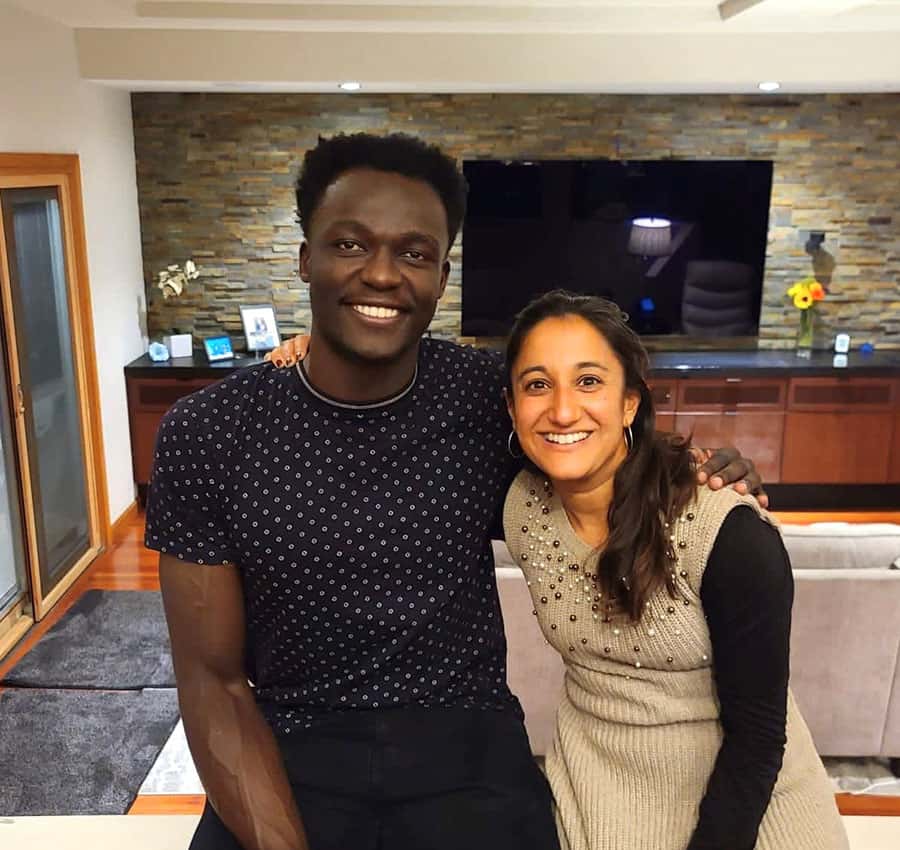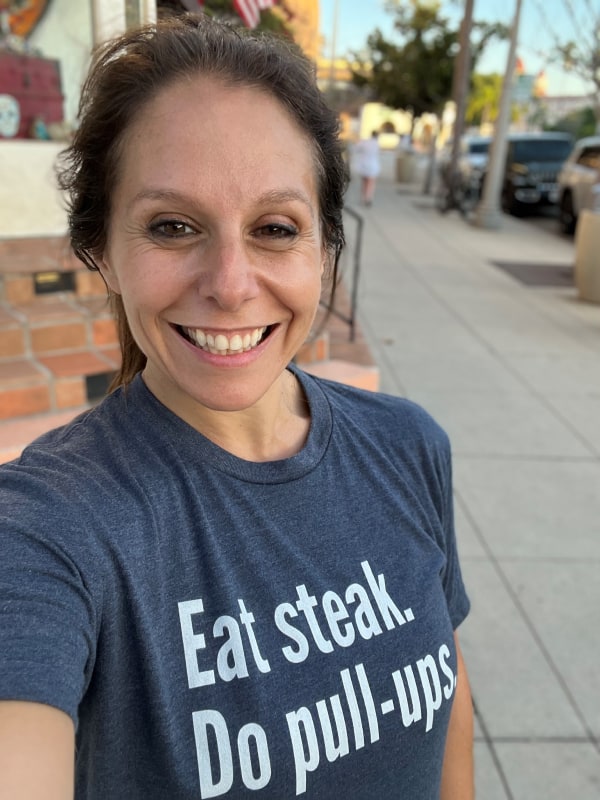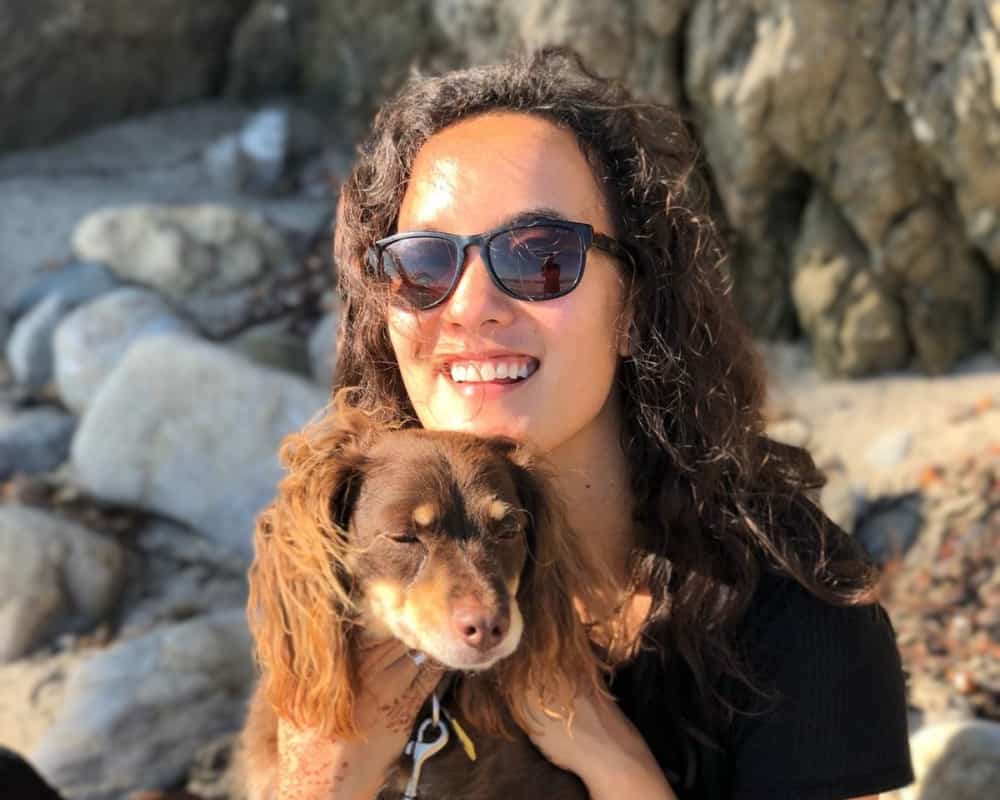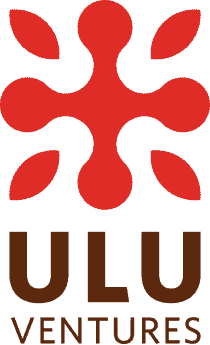Education and giving back were always priorities for Ulupreneur Pascal Odek. Growing up in rural Kenya, his mother was a nurse and his father worked in a sugar cane factory. Pascal excelled in academics and was invited to attend an esteemed high school in Nairobi, Starehe Boys’ Center, sponsored by international donors. After graduating, he wanted to give back to the school, so he spent 2 gap years helping out as the school captain at the all-boys boarding school. His passion was to be a doctor; to achieve that goal, he began taking the SATs and applying to schools in the US. He was accepted at Stanford, and there his interests took a turn—he pursued a degree in computer science instead.
A sports enthusiast, Pascal joined the Stanford cycling team. During a break on a practice ride, he was shocked when a woman said hello to him in Swahili. It was Amee Devan, who had also grown up in Kenya and recognized Pascal’s accent. That meeting sparked a friendship fueled by the love of cycling and the search for innovation. Amee was at Stanford GSB and frequently needed an engineer to partner with her team to build different projects, so they often invited Pascal to participate.

After graduation Pascal joined GoFundMe; while Amee worked at Palantir (also an Ulu portfolio company).They continued to pursue projects in the medical field, trying to solve a variety of problems in the health tech space. . After several trips to the drawing board, they found that in post-acute care, there is often a breakdown in communication between the nurse providing home care and the provider in the hospital. So they launched WellBeam in 2019, a platform designed to streamline communication between medical providers and nurses caring for patients in a home environment.
Pascal shared with us his remarkable journey and some tips for other founders building their dream team.
How did you get your first customers?
Our first customer was through the doctors we’d reached out to with all our ideas, which were based at Stanford Health Care. They understood what we were trying to do within their own health system. We did a pilot initially with Stanford Hospital staff and have grown from there. It’s been extremely helpful to have the Stanford name and branding when we talk to other customers; the affiliation has really helped us grow.
What have been your biggest challenges?
Building the right culture takes a lot of effort. You have to do it deliberately; it doesn’t happen by accident. It’s sometimes not easy to have discussions with your employees or even your colleagues because people come from so many different backgrounds. As long as they get their job done, a lot of people are okay with the status quo. But I’ve seen the importance of making sure that people are working with a culture that helps grow the company in the right direction. It’s been a challenge, but we’ve made deliberate efforts to make sure everyone feels supported and that they are also able to give the right output.
Setting up performance plans has helped. taking into account the employee’s or colleague’s career goals helps make people feel heard as well, in addition to making sure that the company is also progressing [through the performance plans]. So performance metrics as well as career goals coupled together have started to work really well for us.
Why WellBeam, why now?
There’s a lot of evolution happening within the healthcare space, especially digital health. Until recently, all patient data typically has been in silos. So there is work being done to make sure all healthcare data can be accessed by any provider, no matter what state they are in. The states have already done a lot of work to make sure each hospital in the state can exchange this information, but it hasn’t been done at a national level. So for this data to be meaningful, it means that all different levels of health care need to contribute data to it—and for post-acute care there’s a few gaps. We’re keen on filling in these gaps in terms of aggregating this data and being able to share it to the national pipeline.
What are your dreams for WellBeam?
I would love WellBeam to be the platform that all post-acute communications go through to the provider on the health system side. Today, if a home-health nurse is facing a complicated situation and not able to get ahold of the provider, they have to call an ambulance and that’s a very expensive bill. It’s our dream to have that process channeled through WellBeam to the physician on the other side. So whether it’s home health, home infusion, or hospice, we want to be the bridge between home health care and the healthcare system.




